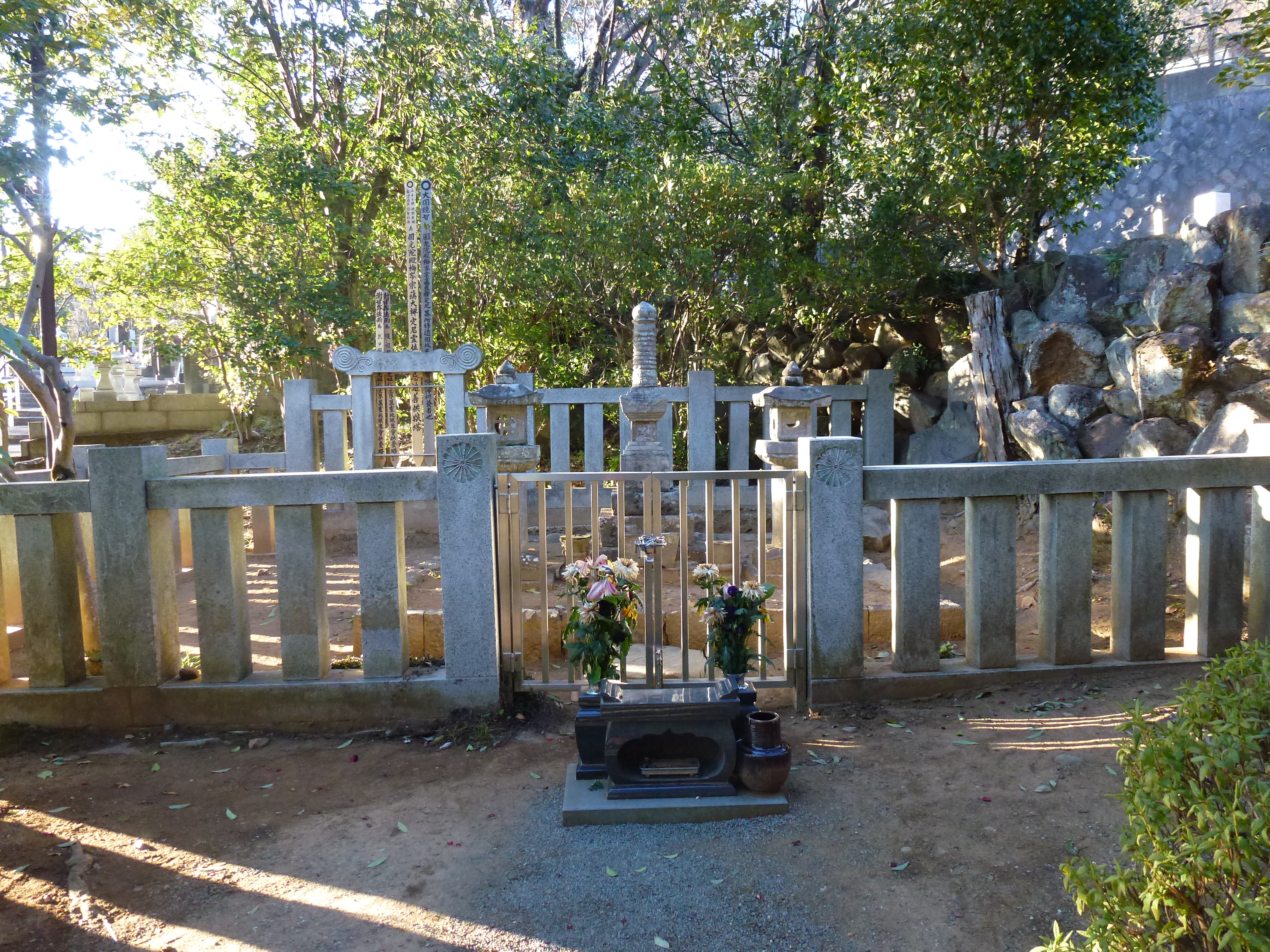Lady Sanjō on:
[Wikipedia]
[Google]
[Amazon]
 (1521 – August 29, 1570) was a
(1521 – August 29, 1570) was a
Japanese
Japanese may refer to:
* Something from or related to Japan, an island country in East Asia
* Japanese language, spoken mainly in Japan
* Japanese people, the ethnic group that identifies with Japan through ancestry or culture
** Japanese diaspor ...
noblewoman who lived during the Sengoku period
The was a period in History of Japan, Japanese history of near-constant civil war and social upheaval from 1467 to 1615.
The Sengoku period was initiated by the Ōnin War in 1467 which collapsed the Feudalism, feudal system of Japan under the ...
. She was the wife of the daimyo
were powerful Japanese magnates, feudal lords who, from the 10th century to the early Meiji period in the middle 19th century, ruled most of Japan from their vast, hereditary land holdings. They were subordinate to the shogun and nominally ...
, Takeda Shingen
, of Kai Province, was a pre-eminent ''daimyō'' in feudal Japan. Known as the "Tiger of Kai", he was one of the most powerful daimyō with exceptional military prestige in the late stage of the Sengoku period.
Shingen was a warlord of great ...
. Her name is unknown and records only refer to her as Lady Sanjō.
Biography
Lady Sanjō came from the noble '' kuge'' Sanjō family. Her father was Sanjō Kinyori, a court noble ofKyoto
Kyoto (; Japanese: , ''Kyōto'' ), officially , is the capital city of Kyoto Prefecture in Japan. Located in the Kansai region on the island of Honshu, Kyoto forms a part of the Keihanshin metropolitan area along with Osaka and Kobe. , the ci ...
who was a retainer of the Takeda clan
The was a Japanese samurai clan active from the late Heian period until the late 16th century. The clan was historically based in Kai Province in present-day Yamanashi Prefecture. The clan reached its greatest influence under the rule of Taked ...
. There were five children in the family: two sons and three daughters. Lady Sanjō's sisters married Hosokawa Harumoto
was a Japanese ''daimyō'' of the Muromachi and Sengoku periods, and the head of the Hosokawa clan. Harumoto's childhood name was Sōmei-maru (聡明丸). He was born to Hosokawa Sumimoto, another renowned samurai of the Muromachi era.
Early ...
and Honganji Kennyo
, also archaically romanized as Hongwanji, is the collective name of the largest school of Jōdo Shinshū Buddhism (which further sub-divides into the Nishi and Higashi branches). 'Hongan-ji' may also refer to any one of several actual temple bui ...
, respectively.
Lady Sanjō married Takeda Shingen (then named Takeda Harunobu) at age 16. She gave birth to three sons and two daughters. In this respect, she was more of a person with a keen interest in culture than the daimyo, feudal warlords like Shingen. However, Shingen granted her her own temple, and she quickly established an influential society and a network of key decision makers in Kofu. It is said that she had a very strong connection with Shingen which increased her interest in art, Buddhism
Buddhism ( , ), also known as Buddha Dharma and Dharmavinaya (), is an Indian religion or philosophical tradition based on teachings attributed to the Buddha. It originated in northern India as a -movement in the 5th century BCE, and gra ...
and Chinese scriptures.
Other references
A modern-day reincarnation of Lady Sanjō appears in thelight novel
A light novel (, Hepburn: ''raito noberu'') is a style of young adult novel primarily targeting high school and middle school students. The term "light novel" is a ''wasei-eigo'', or a Japanese term formed from words in the English languag ...
and anime
is Traditional animation, hand-drawn and computer animation, computer-generated animation originating from Japan. Outside of Japan and in English, ''anime'' refers specifically to animation produced in Japan. However, in Japan and in Japane ...
series, ''Mirage of Blaze
is a 49-volume Japanese light novel series written by Mizuna Kuwabara, published under Shueisha's ''Cobalt'' label. It was partially adapted into a 13-episode anime television series directed by Susumu Kudo in 2002 and an OVA directed by F ...
''. She is one of the secondary characters and member of the Takeda Netherworld Force. A character named Lady Sanjo also appears as a minor character in the 2020 video game ''Ghost of Tsushima
''Ghost of Tsushima'' is a 2020 action-adventure game developed by Sucker Punch Productions and published by Sony Interactive Entertainment. The player controls Jin Sakai, samurai on a quest to protect Tsushima Island during the first Mongo ...
''.
The courtier and memoirist Gofukakusa'in Nijō was also recorded to have been referred to as Lady Sanjō after falling from favor in 1283.
The character Miku Nakano from the 5Toubun no Hanayome series is draws inspiration from her, not only in name (spelling) but also with the character's phone case having the Takeda crest on it throughout the series.
References
1521 births 1570 deaths Women of medieval Japan Takeda clan Sanjō family {{japan-hist-stub People of Sengoku-period Japan 16th-century Japanese women